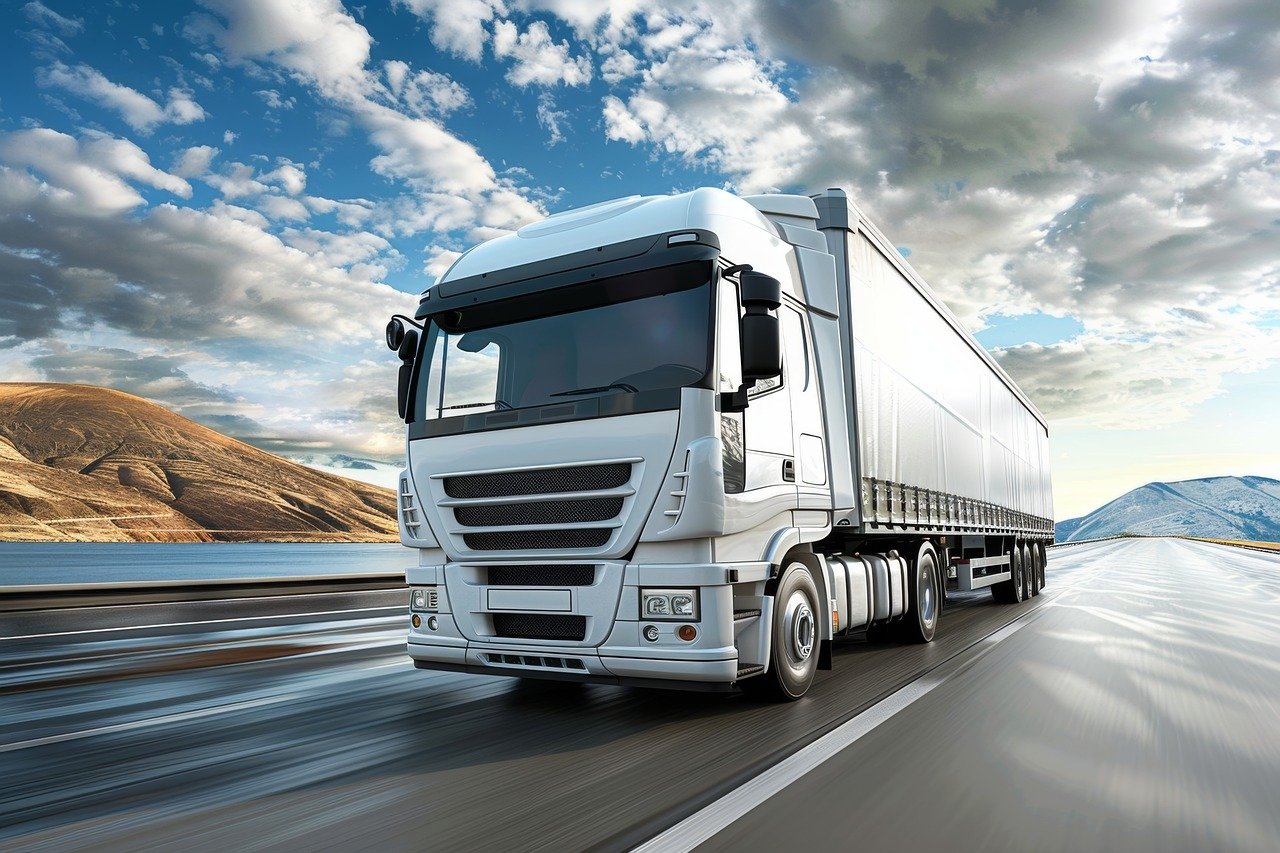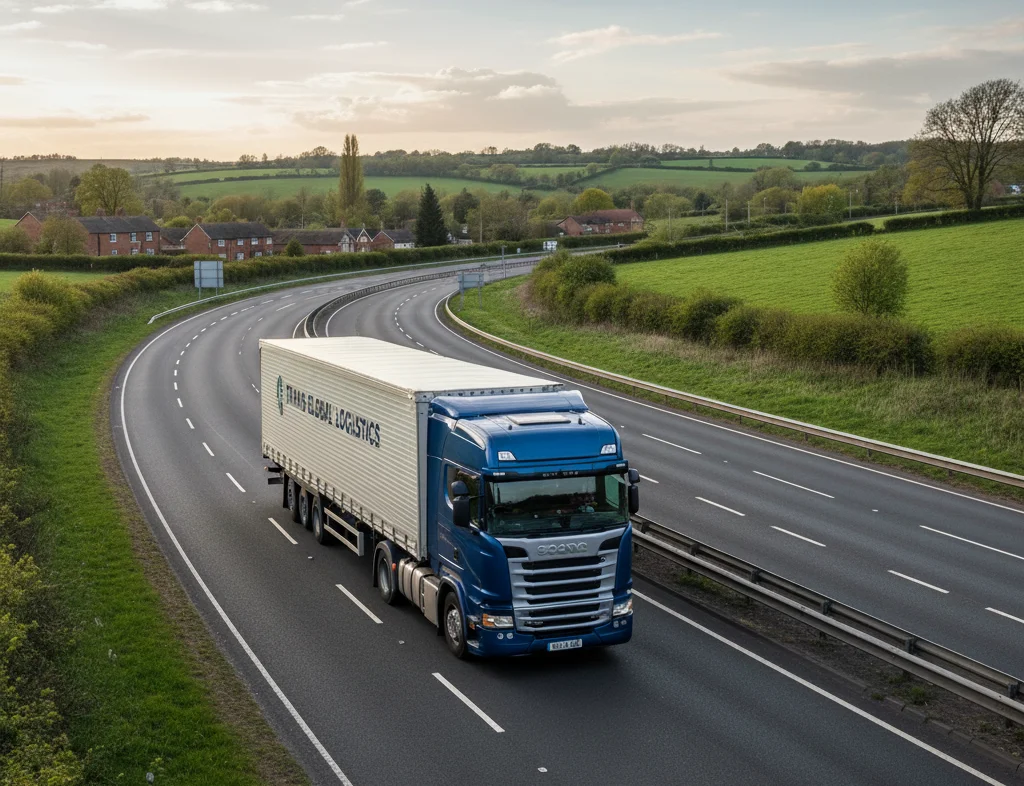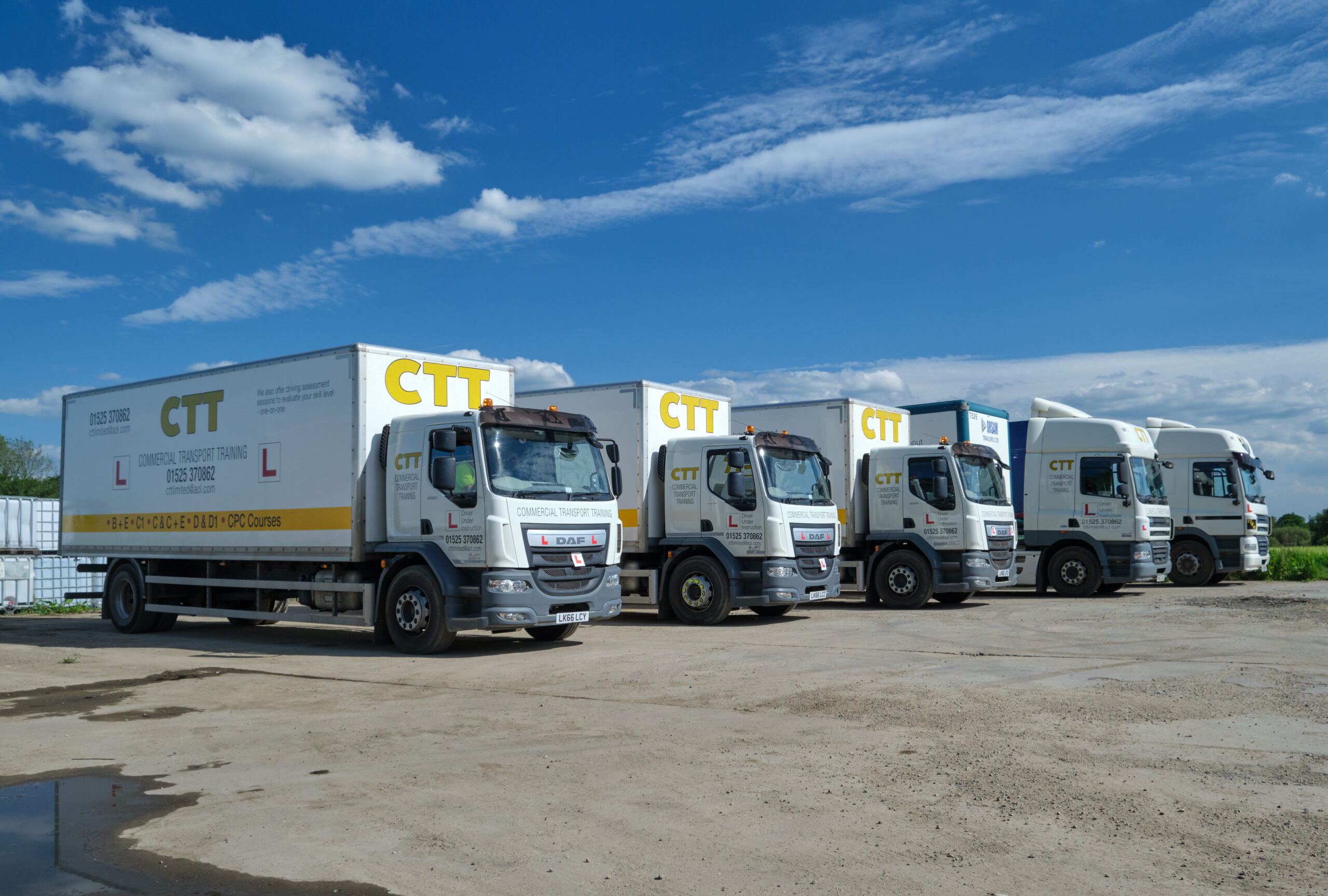If you’ve started looking into commercial driving, you’ve probably seen the terms LGV and HGV thrown around interchangeably. It’s one of the most common questions we hear from new students: “Are they the same thing, or do I need a different licence for each?”
The difference between LGV and HGV isn’t as complicated as it seems. However, the way these terms are used in training programmes, legislation and job adverts can sometimes cause confusion.
Understanding HGV in Today’s Industry
HGV stands for Heavy Goods Vehicle and is still the go-to term within the industry. This is the traditional UK term for lorries and trucks that weigh over 3.5 tonnes.
When you apply for an HGV licence, you’re usually looking at two main categories:
- Category C – Allows you to drive rigid lorries over 3.5 tonnes with a trailer up to 750kg (e.g. bin lorries, removal trucks).
- Category C+E – Lets you drive articulated lorries or drawbar combinations with trailers over 750kg.
HGV licences are what most people need if they want to drive large commercial vehicles on motorways, long-haul routes or as part of logistics companies.
Understanding LGV
LGV stands for Large Goods Vehicle. This is the official EU term that replaced “HGV” in legislation. In everyday use though, both LGV and HGV refer to the same type of vehicles over 3.5 tonnes. There’s one small catch: sometimes LGV is also used to mean Light Goods Vehicle, referring to vans under 3.5 tonnes (like delivery vans). This is where the confusion often starts.
The Key Difference Between LGV and HGV
Technically, there is no difference between LGV and HGV licences in the UK. Both terms refer to vehicles over 3.5 tonnes and fall under the same licence categories (C and C+E).
The only real difference is in wording:
- HGV – The older UK term still widely used in training and job adverts.
- LGV – The newer EU-aligned term used in official documents.
- So whether you see “LGV training” or “HGV licence course,” you’re essentially looking at the same qualification.
Which Licence Should You Choose?
If you want to drive large lorries, long-haul trucks or articulated vehicles, you’ll likely need:
- Category C licence to get started.
- Category C+E for larger vehicles and better job opportunities.
At CTT Limited, we offer full training for both categories, covering everything from theory to practical tests, with experienced instructors and modern vehicles.
FAQs
Is LGV the same as HGV in the UK?
Yes. In the UK, they both refer to vehicles over 3.5 tonnes. The difference is only in the terminology.
Do employers prefer one term over the other?
Not really. Many job listings use both to cover all bases. Some stick with “HGV” because it’s still more familiar to UK drivers.
Can I drive a van with an LGV licence?
Yes, an LGV/HGV licence also allows you to drive smaller goods vehicles too.
Ready to Get Your Licence?
When it comes down to it, the difference between LGV and HGV is simply wording. Both terms refer to the same vehicle weight categories and licence types. At Commercial Transport Training, we offer training for LGVs and HGVs within Bedfordshire and surrounding areas.
If you’re ready to start your training and open the door to new driving opportunities, get in touch today and we’ll help you get started.




